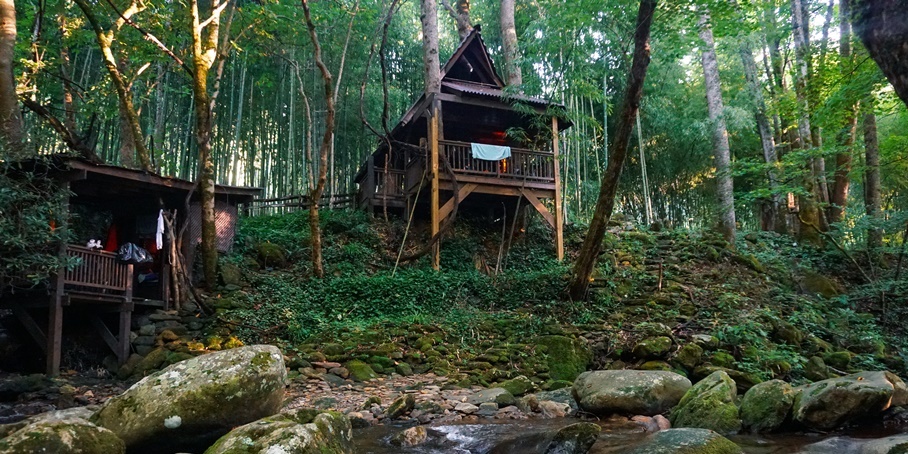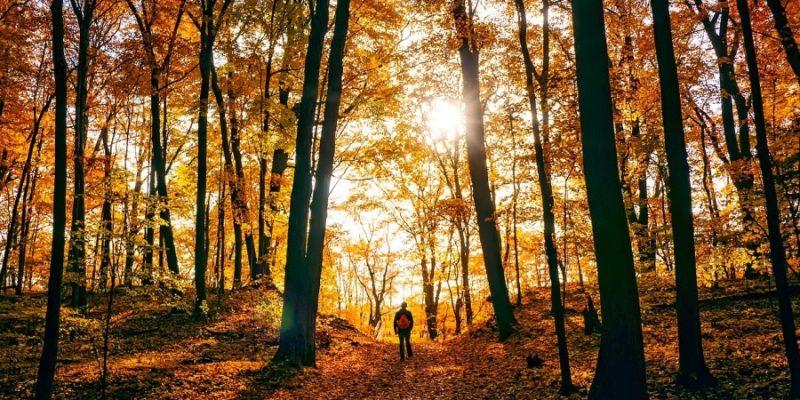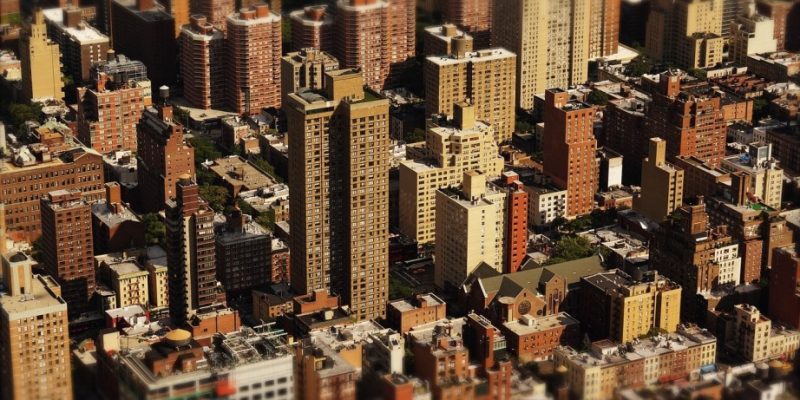
In a simple definition, Off-The-Grid Living (or Off-Grid Living) means having a lifestyle without the support of remote infrastructure and public utilities, such as an electrical grid, remote gas pipes, or a communal water supply infrastructure.
It typically involves people or places that indeed live remote or isolated from city infrastructures, but it can also be a deliberate choice of those who could obtain “civilized” grid services but want to reduce their environmental impact, or want to live close to Nature rather than near artifice and civilization.

In most cases, Off-Grid locations are found in areas with little human habitation, near or in natural environments. As a rule, it would involve providing as much as possible for one’s own energy needs, potable and/or agricultural water, and food, while also managing waste.
It implies that people live autonomous and are to a degree self-sufficient, while it generally also reduces the cost of living. However, initial costs to setup and construct an Off-Grid habitat could require a substantial investment.
One of the great things about living Off-Grid is that it brings a range of health benefits. For instance, most of the time people will be more outdoors, breathe fresh air, can enjoy Nature, develop their cognitive and creative skills, and engage in more physical activity. As for the latter, think of planting, gardening, construction, repairs, walking, hiking, and so on.
Nevertheless, Off-Grid living can have some disadvantages, notably when one is in urgent need. For example, healthcare providers or medication may be problematic to reach timely, and communications and personal interactions with or reaching the “civilized world” may prove difficult. And if one has children, they may need to travel far to receive schooling.

















